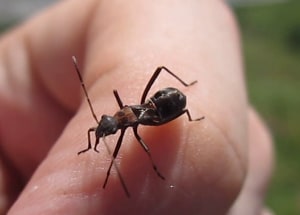While there may not be many insects that resemble ants, several can cause significant problems around your home. Even small ants can become problematic when infestations become large and invade your home through cracks in walls or floors.
Some of the insects mentioned in the following sections can bite and cause damage to your home. If you’re reading this, you’re probably concerned about ant-like bugs, so it’s essential to read carefully and choose the appropriate pest control methods before the insects take over your home.
The Guide On Insects That Look Like Ants
Here are the descriptions of the most common ant-looking bug species that you can meet in North America.
Termite vs ant
Reproductive termites are easily misidentified as they have wings, just like reproductive ants. However, the worker termites that actually damage your house are simpler to recognize as they have rectangular bodies and lack the thin waist that ants and carpenter ants have.
In addition, they are a pale, transparent color and tend to hide from light unless they are disturbed. Soldier termites are brown or reddish and possess strong teeth for fighting off their adversaries.
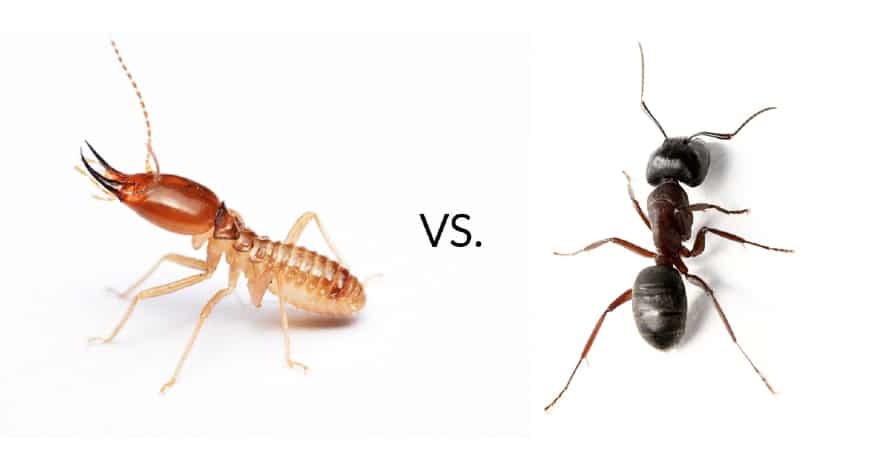
The best way to identify these monsters is to inspect your attic or basement for holes in the wood. Termites dig rough tunnels in the wood to build nests and transfer roots. This leads to serious damage if you don’t prevent the infestation in time.
Flying ant vs termite
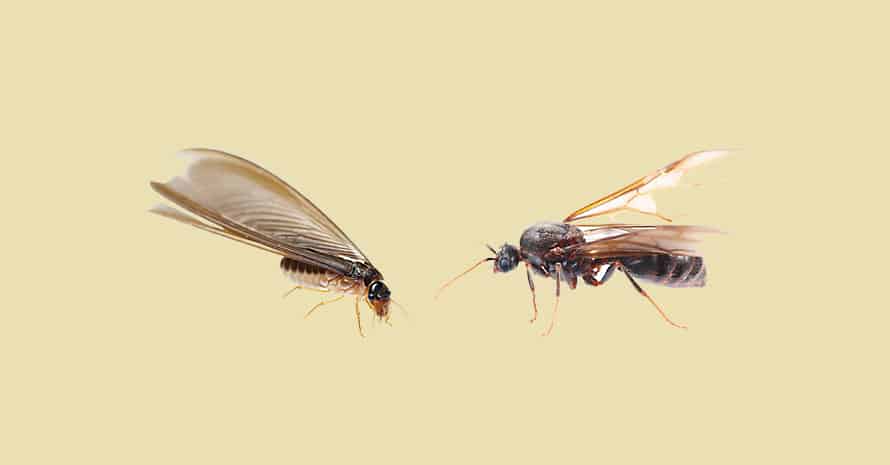
Unlike flying reproductive termites, average winged ants have pinched waists, elbowed antennae, and 2 pairs of wings of unequal length. Termites have thick waists and 4 wings of the same length.

Both insects’ bodies are of the same length, but termite wings are almost 2 times longer. Now you will easily identify termites of any type, but I recommend you to undertake preventive measures against termites in advance.
Furry ants vs ants
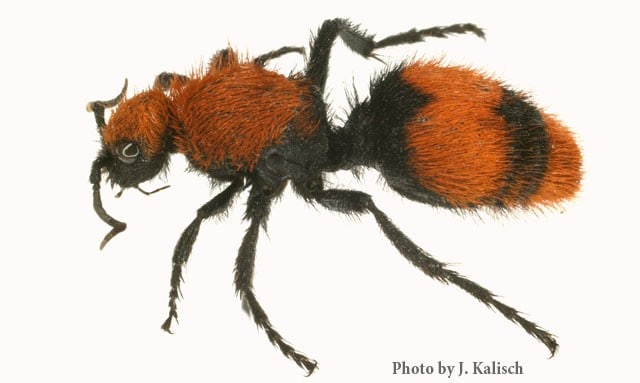
Furry ants are a type of wasps that are not commonly found. The female species of these insects are wingless and have a pinched waist similar to ants, making them easily misidentified. These insects are solitary and do not form colonies or nests, making them immune to pest control. Additionally, they do not pose any danger to humans or homes, so there is no need for pest control measures against them.
These insects are harmless and will not cause any harm to your home or property. If you notice an abundance of furry ants in your yard, it may indicate that the area is too dry, and additional watering may be needed for your lawn.
Carpenter ant vs ant

Carpenter ants are so easy to misidentify as they can be almost identical to average black ants. All because they can be of any shape and size! Despite the similarity, you can easily tell them from average ants when you see major working species that are quite thick.
Similar to termites, they carve galleries in the wood, but their tunnels are always straight and neat. They can also throw the leftovers out of the tunnels which helps you to identify them faster. If you found them, immediate management measures are necessary!
Thief ant vs ant
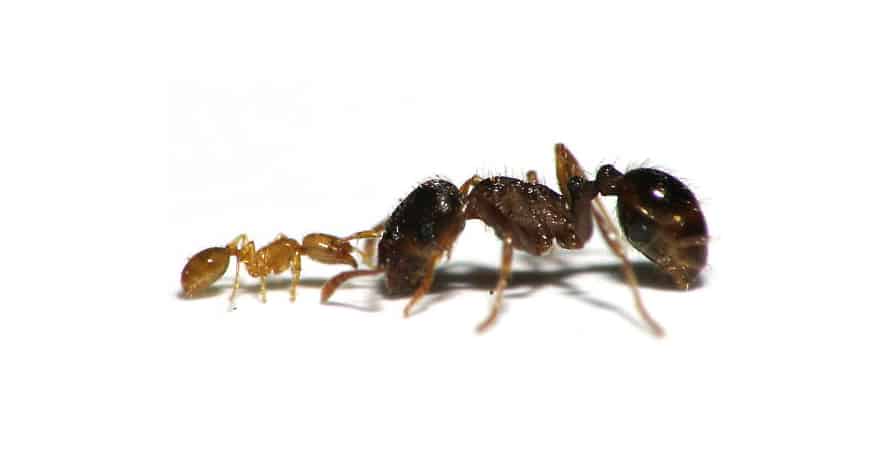
The tiny black bugs that look like ants are most probably thief ants. They are usually confused with baby ants but are actually adult species. They usually have dark or reddish-brown bodies and 4 wings. If you see them, start baiting right away as they can be carriers of numerous diseases as they feed on dead rodents and other insects.
Stonefly vs ant
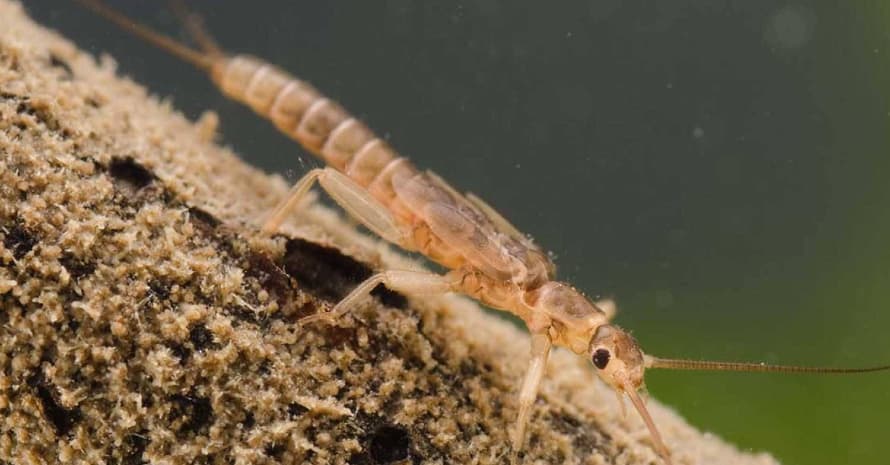
Stoneflies are insects that emerge from their eggs in the water and typically live near bodies of water to feed frogs and fish. They possess 4 long and 2 short legs, which are jointed, and long antennae, as well as 2 more antennae located under their wings.
Although they can accidentally find their way into your home, they will likely leave on their own, as they have no purpose there.
Also read:
Ant Detective
Insects that look like ants will never pass by your keen eye anymore. Of course, there’s no need to inspect the whole household with a flashlight if you haven’t seen at least a single bug. If you have, hurry up to find the nest and get rid of it, and take all the preventive measures against a re-infestation.
Could you, please, share your infestation story in the comments if you have one? I can also help you with advice or a link to one of my “how to get rid of…” guides. Keep on being savvy!
References:
- Protecting your Home Against Termites (by Michael F. Potter, Extension Entomologist University of Kentucky College of Agriculture):
https://entomology.ca.uky.edu/ef605 - Carpenter Ant Management (Nebraska Extension):
https://extensionpublications.unl.edu/assets/pdf/g1738.pdf - Thief Ant (Agriculture and Natural Resources, University of California):http://ipm.ucanr.edu/TOOLS/ANTKEY/thfbait.html

